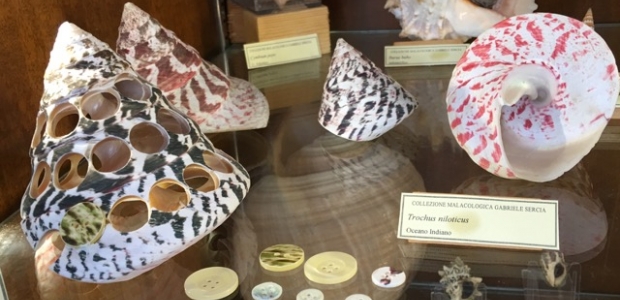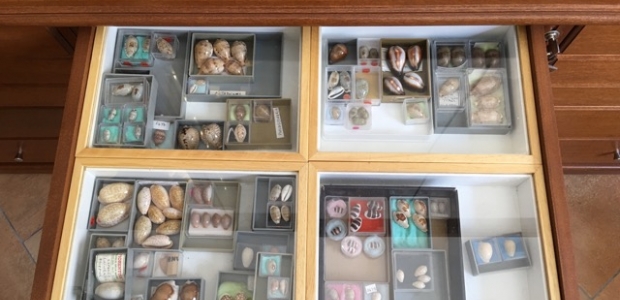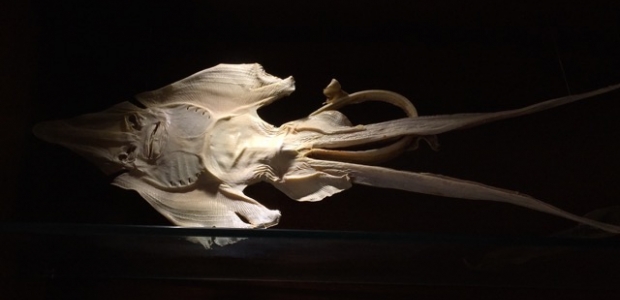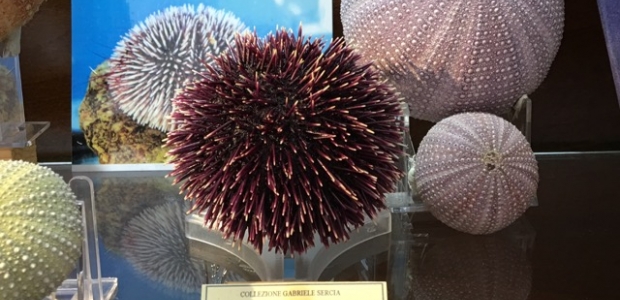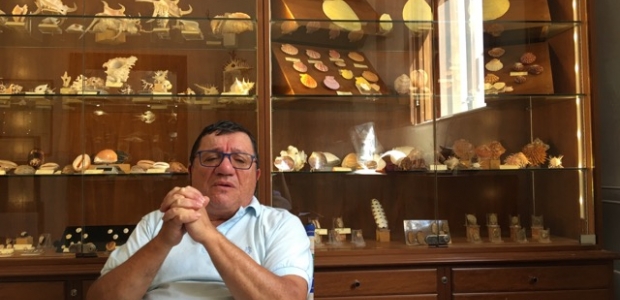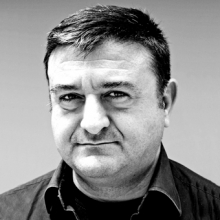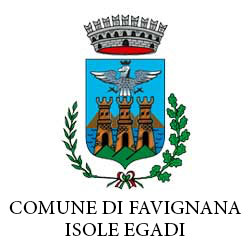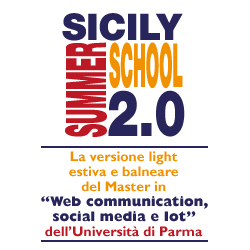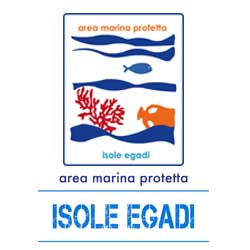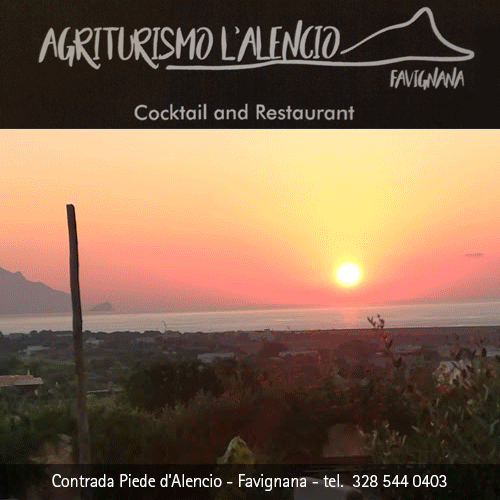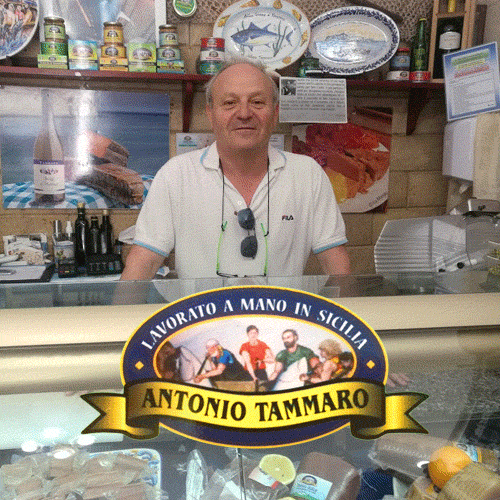Languages
Love lives here
Gabriele Sercia Malacological and naturalistic collection
Sometimes things start like that, almost by accident. One shell is collected, then another, then another. You rinse it and look at it at home, away from its habitat. Details are noted that in front of the sea, under the sun, have escaped. A pearly reflection, the perfect architecture, the nuanced colors, the iridescent texture, the hard but frangible consistency. You hold it in your hand, feeling its minimum weight, you stroke it, hoping that the shell will reveal something like a revealing spell. The shell is a symbol of the hidden mystery, we approach it to the ear to hear a sea that is not really there and yet we hear it, we believe in it. We are kidnapped, caught in the network like so many of them, imprisoned in the trammel nets of the fishermen.
When Gabriele Sercia starts this game, he is little more than a child, and the value of what he collects is unknown to him. Little by little he realizes he has hundreds of specimens and for his fortune he knows, in the Eighties, a Sicilian naturalist, Ignazio Sparacio, great entomologist and excellent malacologist, who directs him towards a collecting made on a scientific basis. So Gabriele begins to catalog his small great heritage.
Over the years what began as a "romantic" collection on this or that beach, becomes a real passion, made of patient research, exchanges with other collectors, collaboration with fishermen.
"I've been doing it methodically for about thirty years," Gabriele says when I meet him at the Favignana museum house named after his father Matteo. When I enter and look around, I immediately understand that a single visit is not enough to appreciate the beauty and variety of the collection, perhaps not even two. There are not only shells but also corals, fossils, crabs, fish, even freshwater, local and exotic.
The head of a shark welcomes me at the entrance. Opposite, in an illuminated window, a violin fish looks at me with a grin. "Do you know that the Orientals, after it’s dead, manipulate their features and call it devil fish?".
I did not know. For experts it is called Rhinobatos rhinobatos.
"In the Seventies it was found a specimen in an old attic and a joker did believe that they were the remains of an alien ...".
It’s actually suitable, it has its own expression, like the piranha that seems to growl from another window. "When the Indians take them out of the water they emit guttural sounds that look like threats."
So, it cannot be said that only the word is missing ...
The love for malacology, in addition to compensating for the aridity of banking work that Gabriele has done until retirement (he defines himself a former Fantozzi employee), is intertwined with true love, that of a lifetime. Giusi, his partner at the time, has animated and supported the research and collection of specimens for years. It 'a sentimental element but the date of the findings is almost always a Saturday or Sunday because Giusi and Gabriele could devote themselves to this passion only during the weekend or on holidays.
Gabriele is the witness of that collection lasting for years, he is the caring guardian.
Together they went to the small port of Isola delle Femmine, a small town near Palermo, waiting for the fishermen to come back and unload the nets in which, in addition to shrimps, fish and algae, they also found shells and collectible specimens. Those nights spent under the light of the lamp to check, look for, hope, are remembered by Gabriele with nostalgia and emotion because Giusi is gone. The history of this collection has one long pause, Giusi's illness, with absences from work and treatment in Paris. It is linked to life but is also marked by the pain of a loss.
"My superiors in the bank have supported me in this long period of absence from work, with understanding and patience, with a humanity untraceable today. Of this I only ask that Heaven fills them with blessings ".
Now Gabriele is the witness of that collection lasted for years, it is the caring guardian. He does not care about its intrinsic value, he thinks about the love behind him, about the passion that animated the quest for the impossible, because a shell has not only a scientific or economic value, it also has a sentimental value.
The most precious shell, for Gabriele, is not exotic but Mediterranean, found thanks to Giusi's stubbornness. That evening (January 5, 1992) only a boat had gone out to sea returning with little or nothing, according to the fisherman. But Giusi wouldn’t give up easily and continued to rummage in the posidonia. To Gabriele's great amazement, an intact and very rare example, for that area, of Babelomurex benoiti, appeared, which now lives in the drawer of the Coralliophidae of the museum house.
Here the gifts of the sea and the sand are arranged in shop windows, some placed on rotating supports, like a fine example of Coralliophila pyriformis. Otherwise they are kept in transparent plastic boxes, catalogued and separated neatly, and placed in drawers.
Opening one of them means to take a trip, dive into the sea water without getting wet, in a submerged world made of Latin words. Each object tells a different story not only because it is different from another but because it has arrived in that drawer through different hands and ways.
Gabriele lives in an apartment he built above the museum, which was originally the grandparents' house, then passed to his father Matteo, who used it for his holiday. The family was originally from Favignana but lived in Palermo. The house is small and he still wonders how could his grandparents together with their six children live in such a little space. Other times. Gabriel redeemed her from her sister with some misunderstanding and bitterness "but the difficulties in conquering something increase the value of what has been achieved".
Some villagers think that Gabriele is outlandish because he exploits the "property" in the wrong way. In that house he "plays" with shells instead of taking advantage of the recent development of tourism in Favignana. A bed and breakfast would bring some income ...
Instead, visiting the museum costs nothing, in the true sense of the word. Gabriele is keen to let people know that his business is non-profit and that visitors can leave a free offer. As well as free is the offer to buy the jewelry that he makes with his own hands: earrings, necklaces and other jewelry with shells, knick-knacks, original and authentic souvenirs.
"I no longer have the energy I once had, but I continue the activity because I am a link. Giusi made me do all this, even now that she is gone, I go on for her. I am just an instrument ".
From the local institutions Gabriele has only had support from the director of the Protected Marine Area of the Egadi Islands, Stefano Donati, within the limits of his skills, inadequate for a structure like the museum house. A case that is not isolated if we think that our artistic and naturalistic heritage, envied around the world, faces an inexorable degradation due to negligence.
Each object tells a different story not only because it is different from another but because it has arrived in that drawer through different hands and ways.
"Even St. Teresa of Avila said that men need earthly recognition to go on". Gabriele smiles as he mounts on the microscope a micro shell, perfectly preserved and placed in a box with other tiny shells. Only to an inexperienced eye may seem the same, but the names are different: Pusillina radiata, Setia ambigua, Pusillina interrupta. Small and perfect they represent a world that would continue to remain hidden was not for this collection. A real treasure.
I observe the completeness of Pusillina and I feel the same feeling of when I look at a baby, small yet complete.
This place is full of love. A person who has dedicated his life to the conservation of something that nature offers shows great love. Also the new companion of Gabriele, Adriana, participates in a different way to this activity, with its precious presence, whose value exceeds that of the many precious shells.
